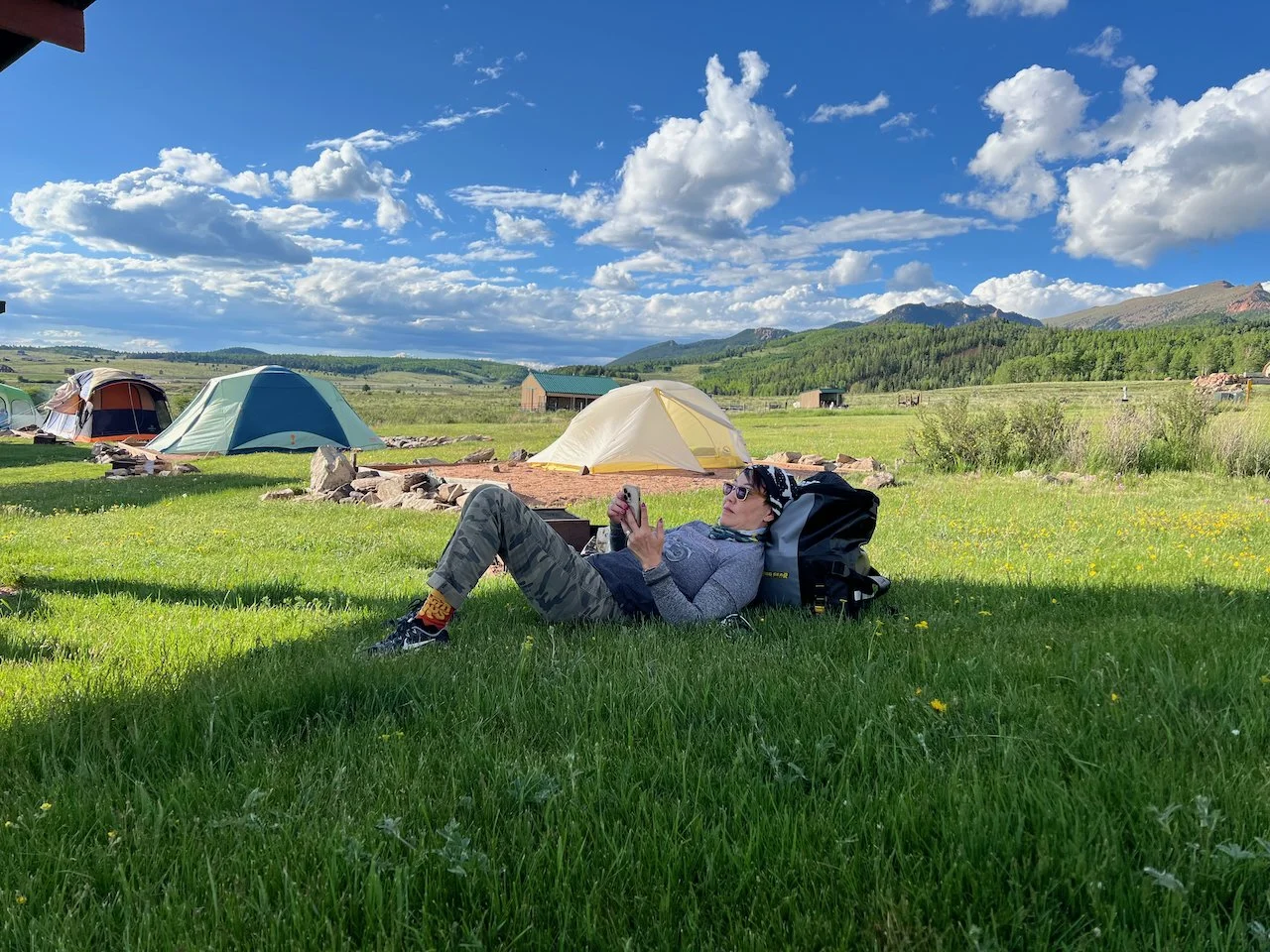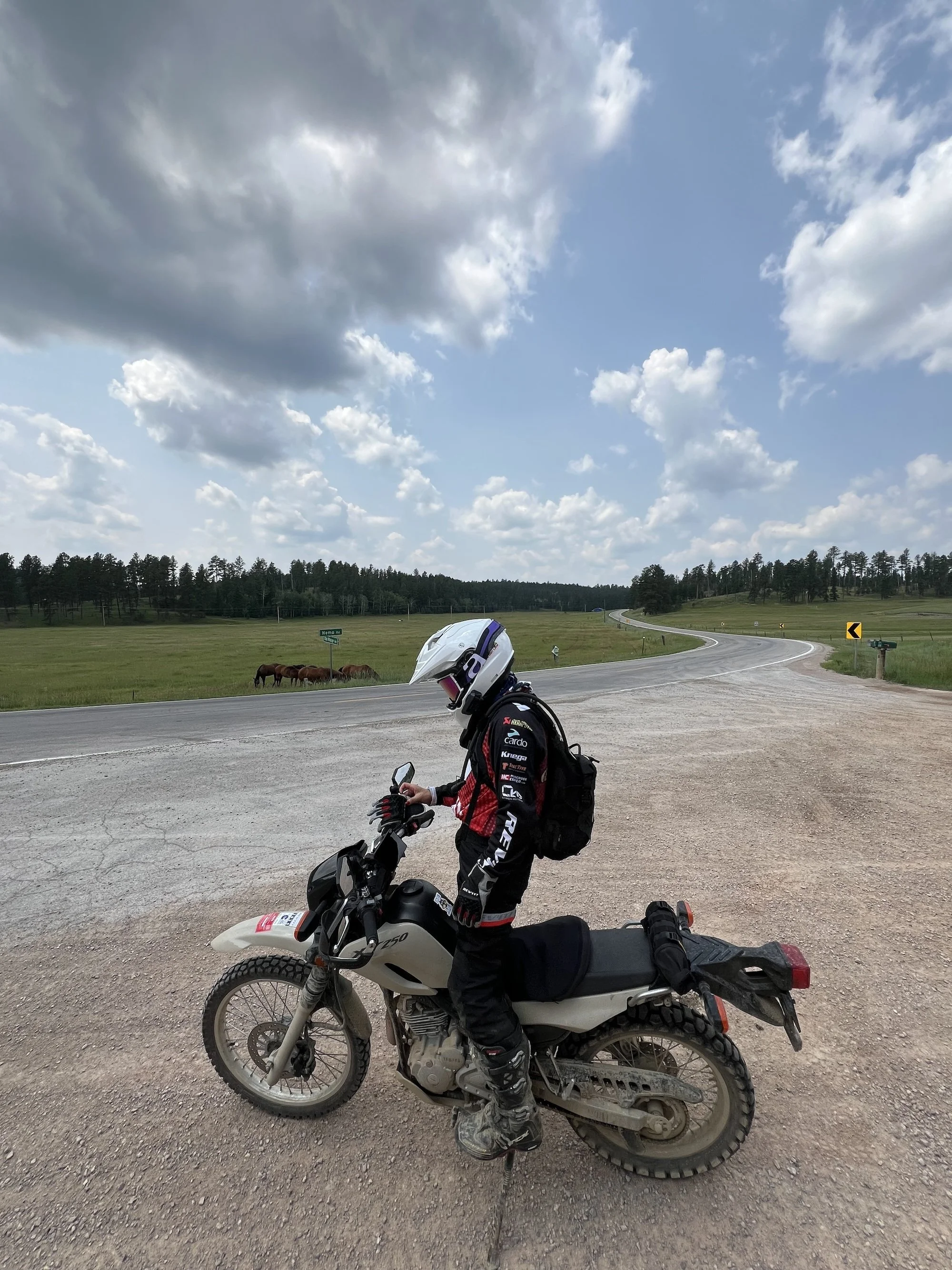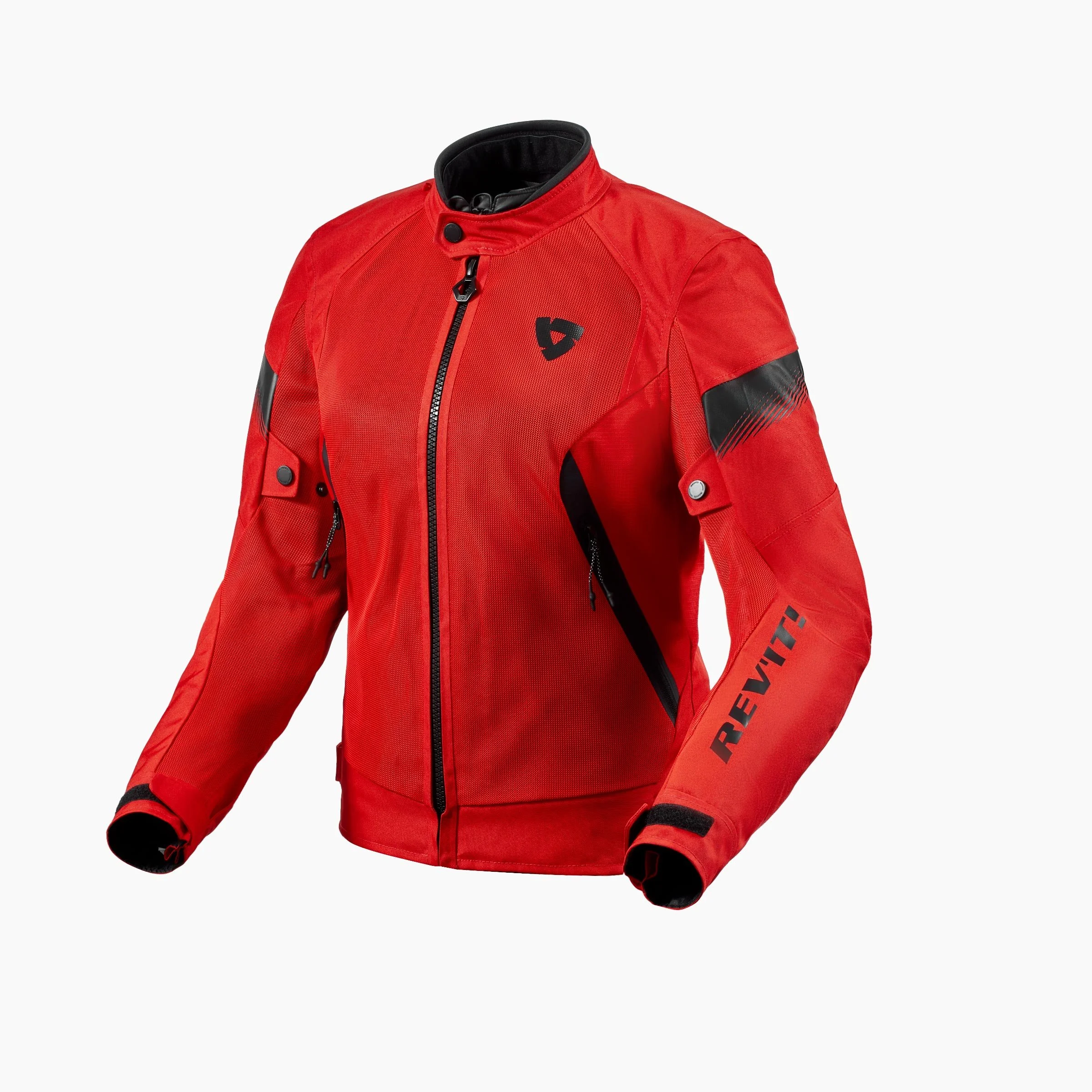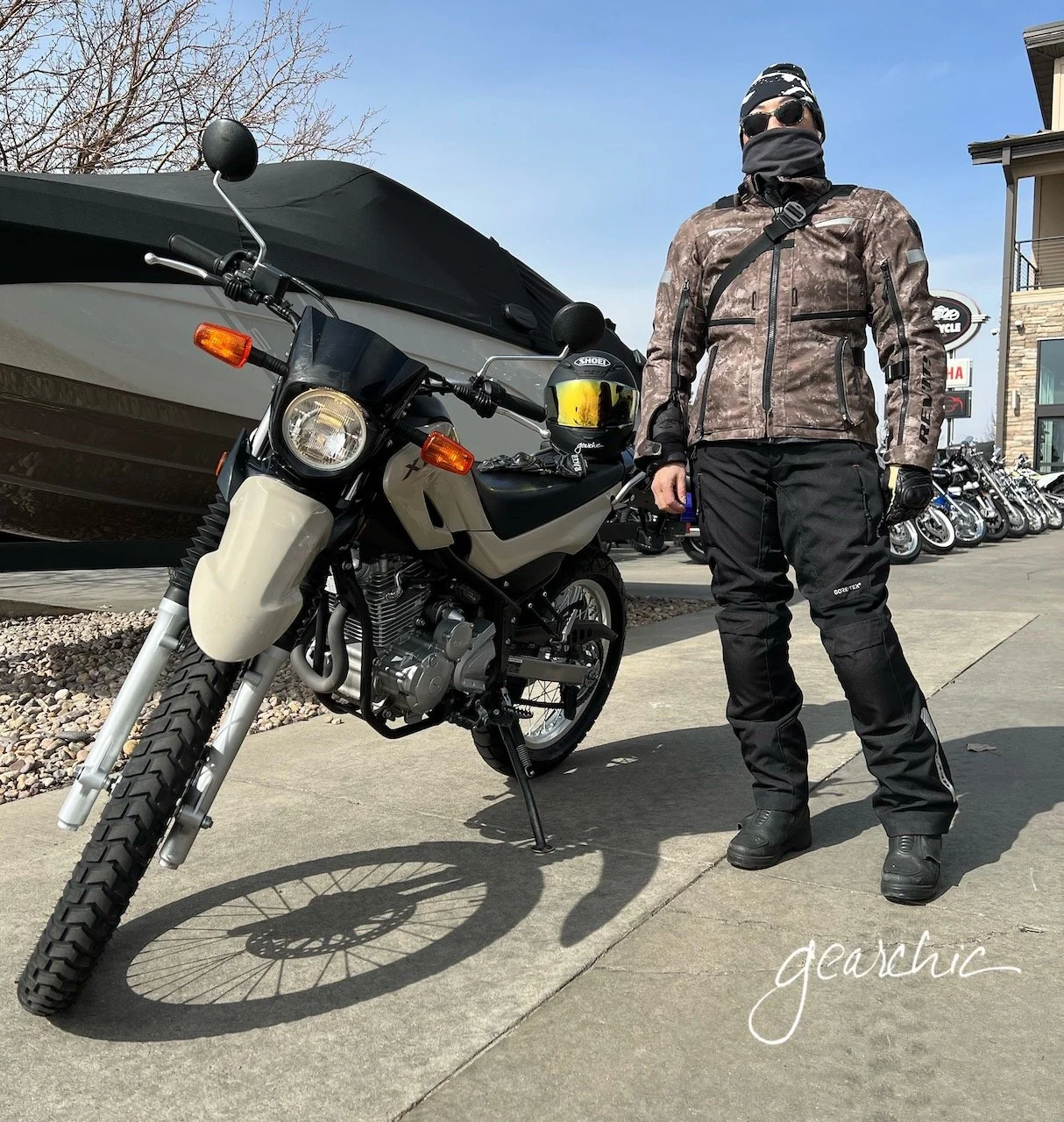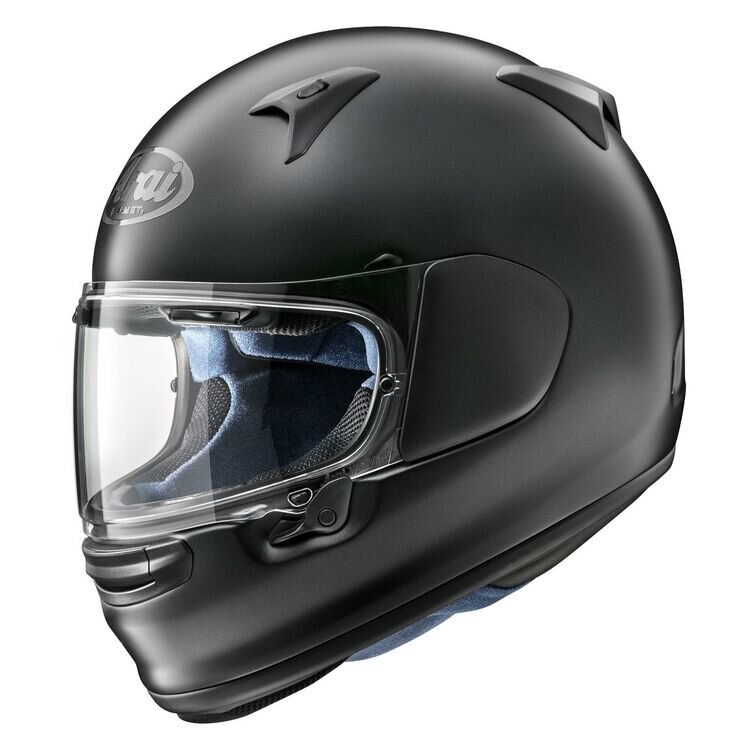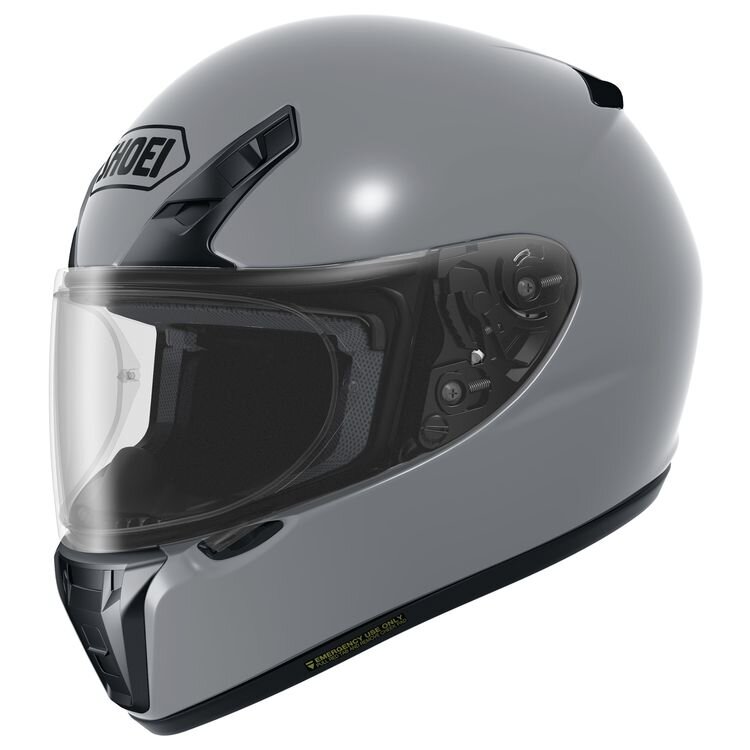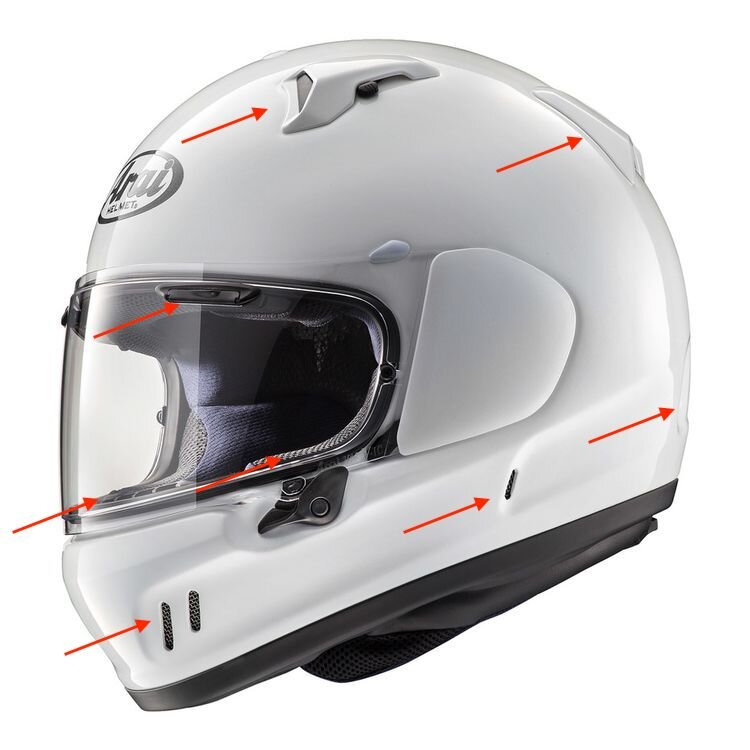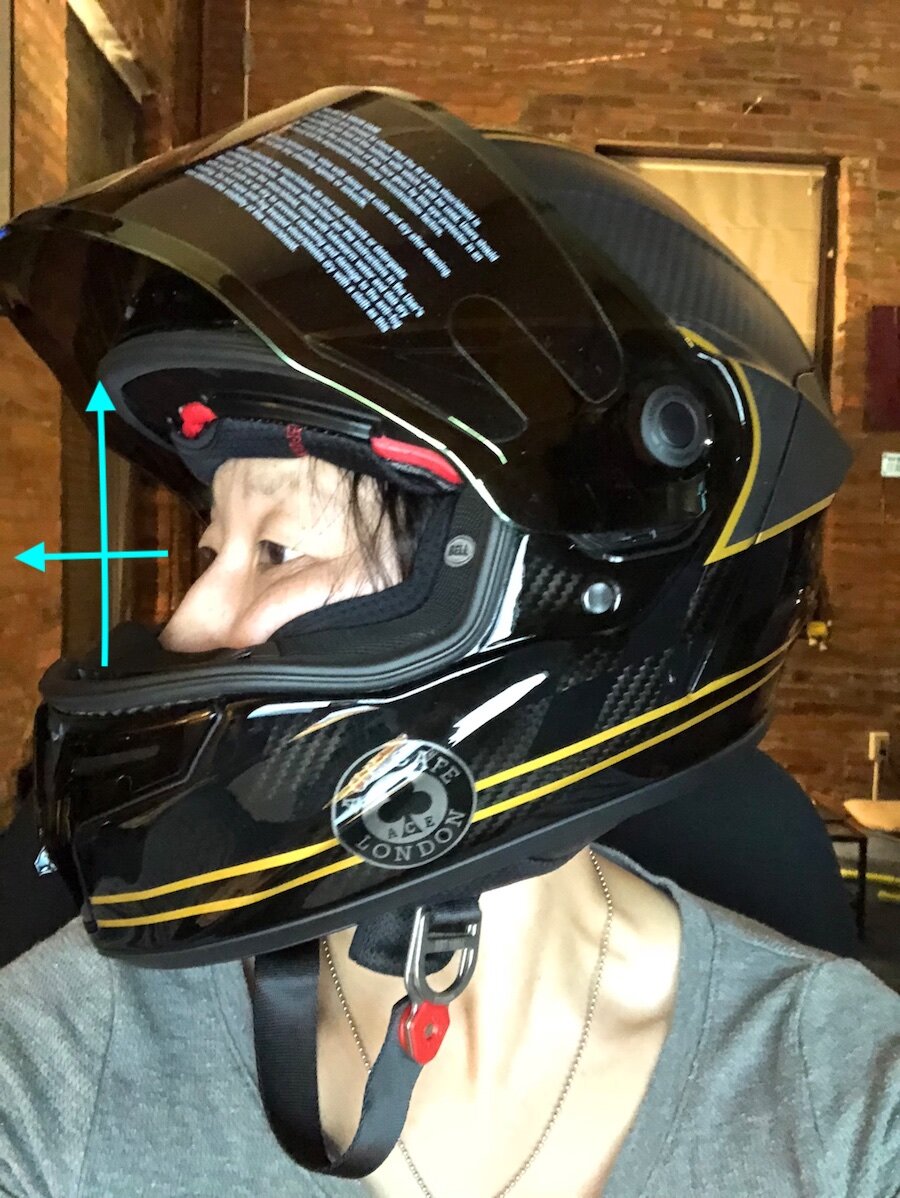The past few months have been crazy to say the least. Between quarantine for Philadelphia, closing the RevZilla Philly Showroom temporarily and trying not to get sick or injured, I’ve been at home chugging along. I’ve also been a little quiet, because I just haven’t been motivated to say much these days. I’m not riding either (tomorrow will be my first quick ride assuming it’s not raining) so that keeps me less motivated.
If I’m not riding, then I don’t feel much like writing.
Also given the state of things, what my black brothers and sisters are going through, I also felt like motorcycling isn’t the most important thing to me right now (although I understand it might be for you). It just feels like the most important thing these days is for me to keep working hard (you can find me on the phones for ZLA M-F, 9-6) and paying attention to what’s going on around me.
In general just feeling somewhat meh these past few weeks. Of course, I’m here if you need help with gear or riding questions or anything along those lines. I’m still monitoring my inbox and my Facebook / Instagram and Twitter boxes. So feel free to drop me a line if you need anything. I’ll be posting / podcasting / sharing more regularly soon, promise.
But stay tuned for a small announcement, because I haven’t fallen off the face of the earth completely!

